Build Essentials
Efficiency Guidelines: Weight & Friction
Your V5RC robot is limited to 88W of power and two air tanks. More weight or friction strains mechanisms, reducing speed and torque. In a timed game, speed is essential to outscore opponents.
Goal: Reduce weight and friction without compromising structural integrity. Avoid designs that are light but fragile.
Friction reductions: Use proper spacing, materials, tightness, angles, and ensure connections are square. Builds should be self-correcting and structurally stable.
Tournaments: Consider modular components with pre-assembled backups to justify lightweight designs even if damage is possible.
Screw Joints
Prefer screw joints over shafts wherever possible (especially chassis wheel connections).
Boxing
Use spacers or standoffs to fill the gap between C channels to increase strength of connections
Squaring
Use bearings/Retainers/shoulder screws/custom plastic to center connections
Bearings: are a MUST for Shaft connections
- Always use 2 bearings per shaft (motor counts as one).
- Fewer than 2: Not enough support.
- More than 2: Adds friction.
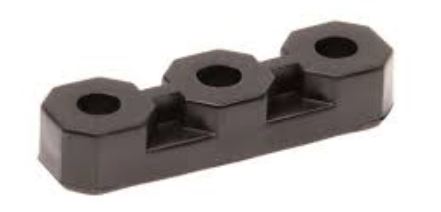
Old Vs New Wheels: Why new wheels are optimal
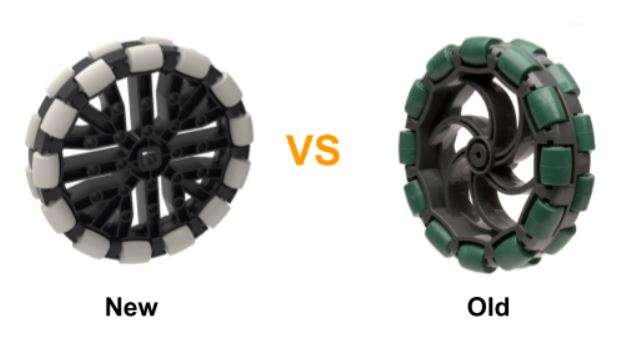
New wheels are narrower, lighter, and have multiple mounting holes.
➔ Narrow wheels allow closer drive channels → stronger joints, lighter robot, smaller chassis → better maneuverability.
Thin Nylocks & Torx Screws
Use thin nylocks instead of thick: lighter, easier to fit, no structural compromise.
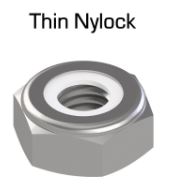
Use Torx T15 screws to prevent stripping.
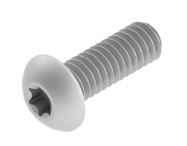
Blue cartridges: Have less friction
- VEX motors without a cartridge spin at 3600 RPM. Cartridges gear this down.
- Lower-speed cartridges (green, red) use more internal gears → more friction and less efficiency.
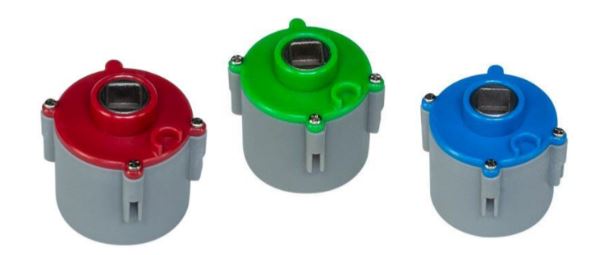
Rule of thumb:
- Use blue (fastest) cartridge and gear down to target speed.
- Only use green/red if mechanism speed ≤ 200 RPM.
Use Appropriate screw lengths
Screws should be only as long as needed.
